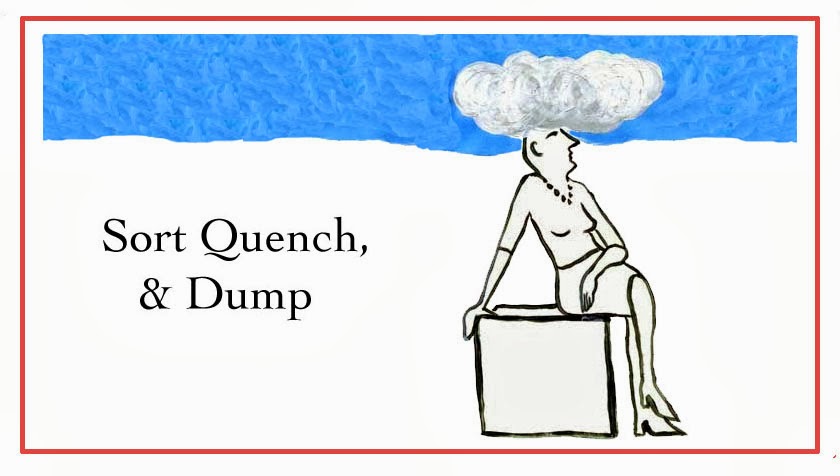
People often ask me this. I very earnestly explain how -- having ensured a supply of honey and having killed off 0r ejected the drones – the bees will cluster around the queen and keep her warm and fed. All winter long, their task to make sure the queen is nourished and comfortable so that, come spring, she will get back to her task in life, which is to lay eggs and make more bees.
I am very earnest about this because I very much want our bees to survive the winter. It is not a laughing matter to lose a hive to winter starvation or nocema (apian cholera, not pretty) or invasive mice.
I don’t try to describe the skits that our bees perform among themselves to while away the dreary winter months of barely staying awake. I certainly don’t boast that we have among our hives a group of rather talented mimes, jugglers and sword swallowers, not to mention the thespian apians who regularly (that is, through the wintry nectar-less months) perform original skits taking great liberties with the concept of queenship.
Not a word. I stick to the cluster story.




















